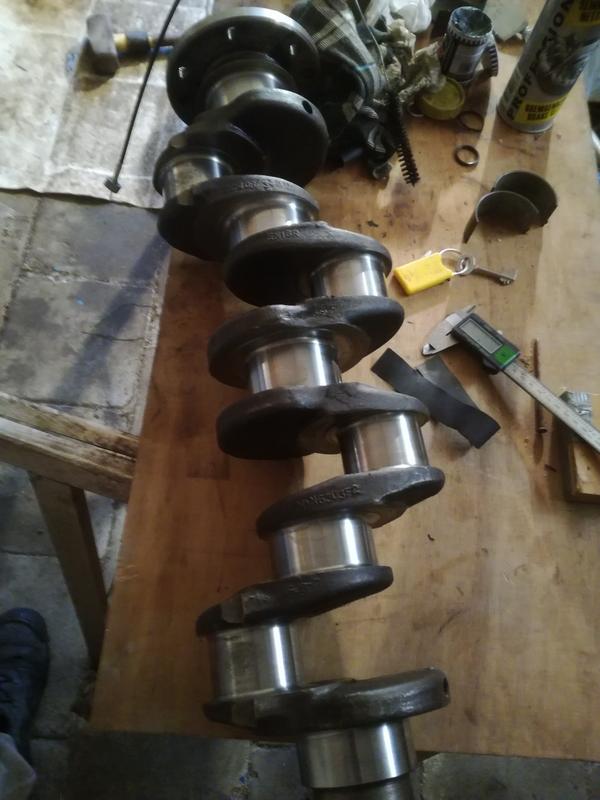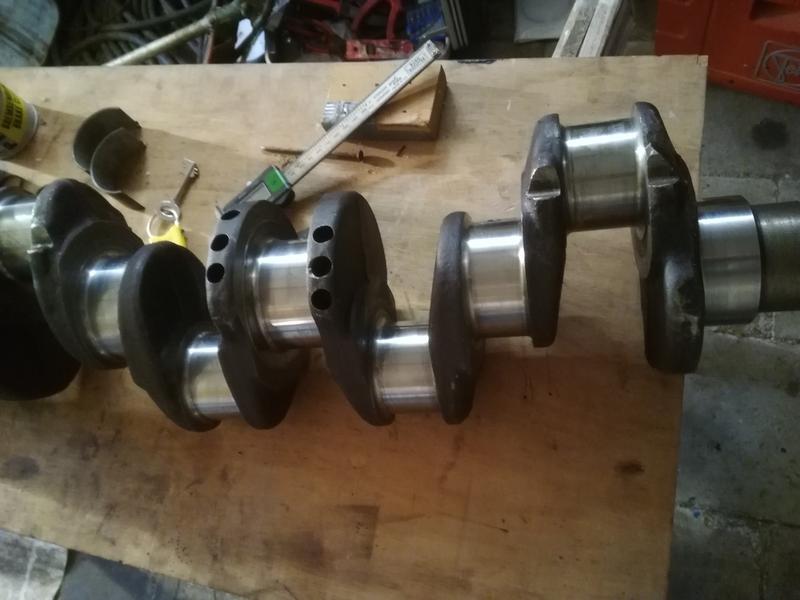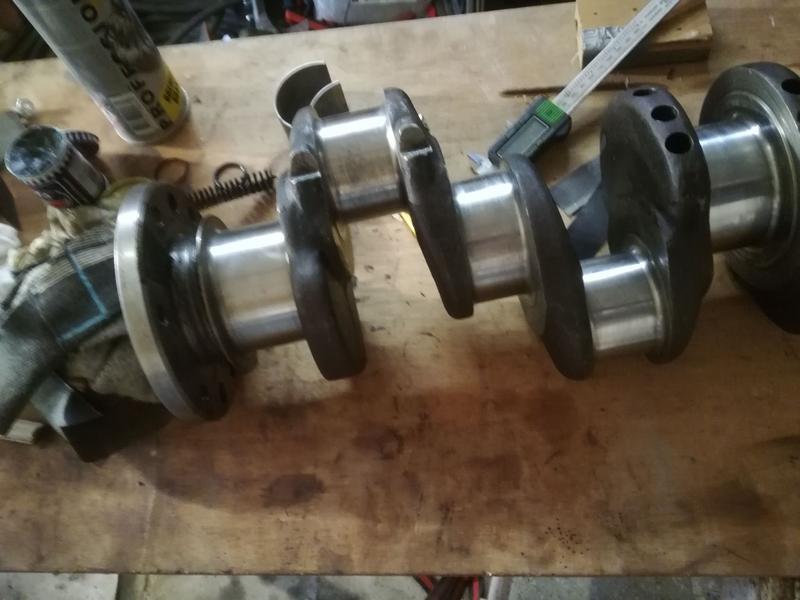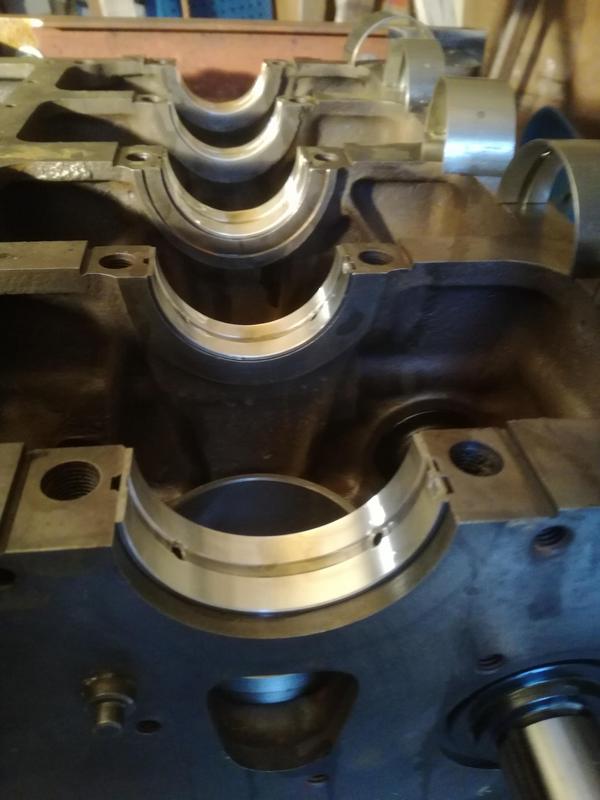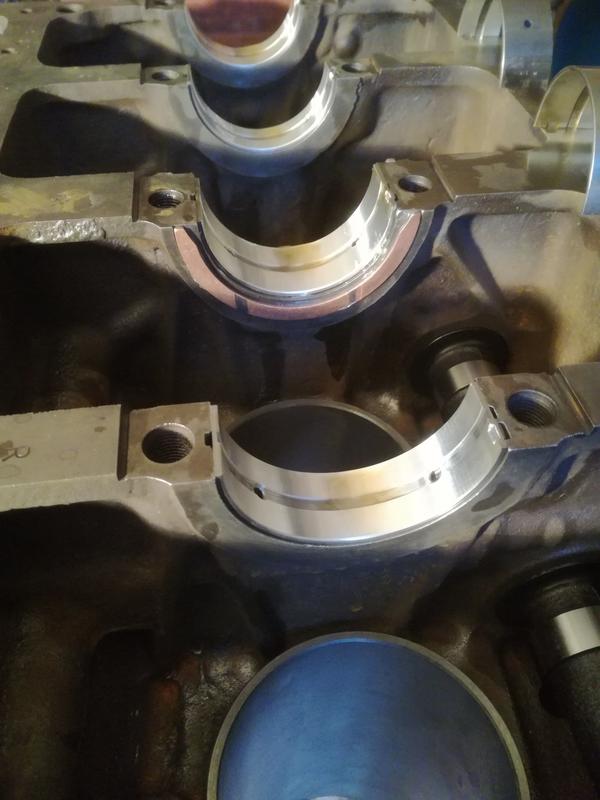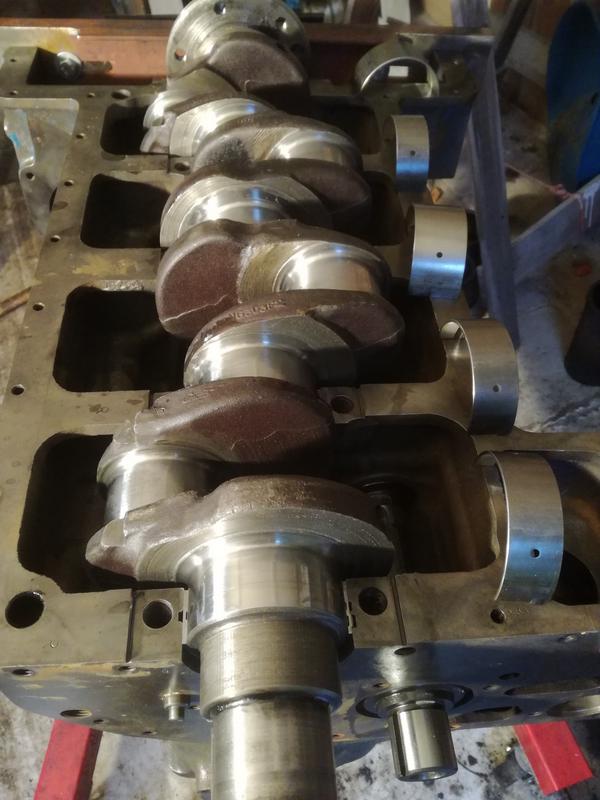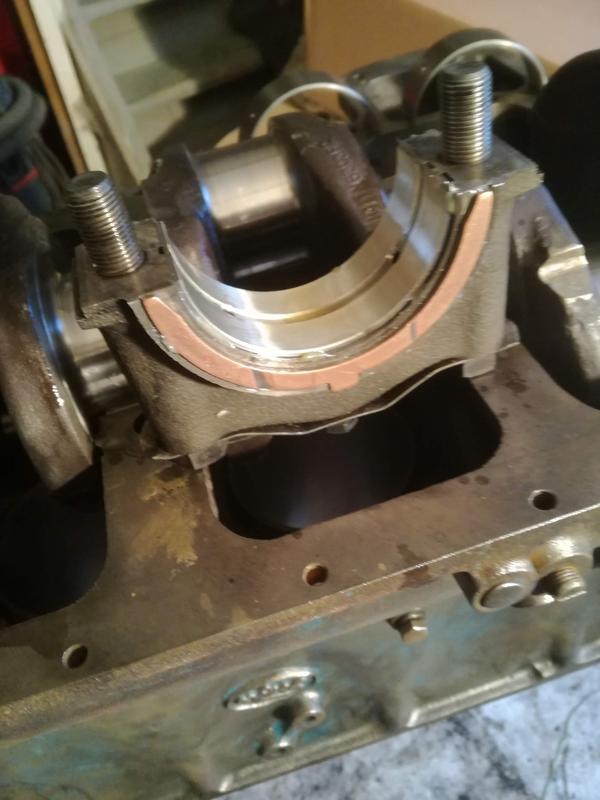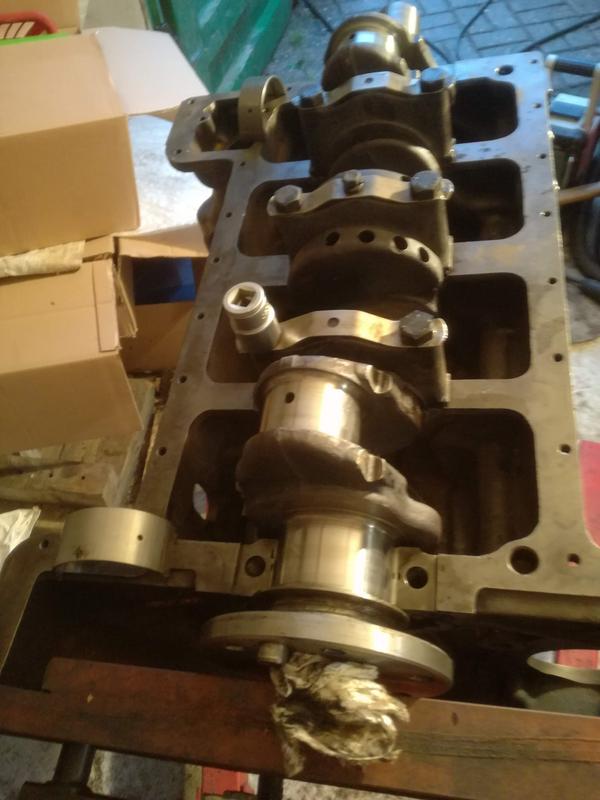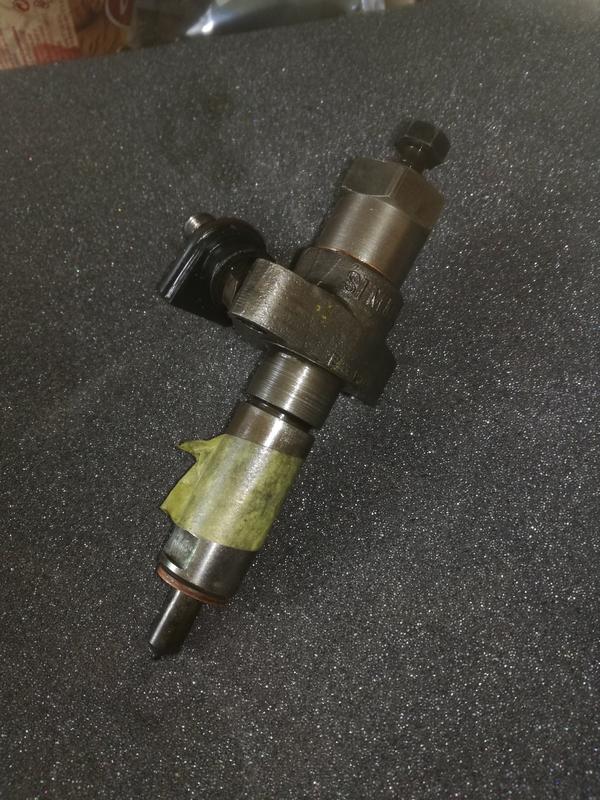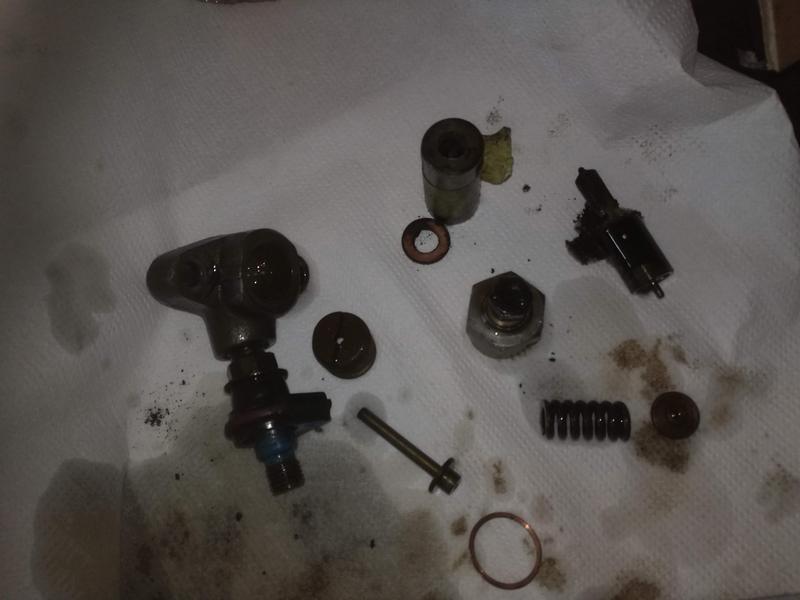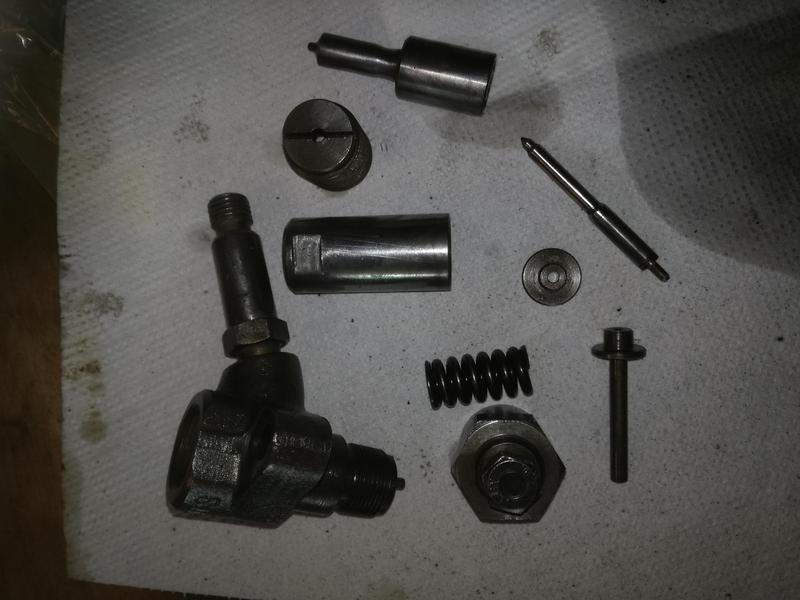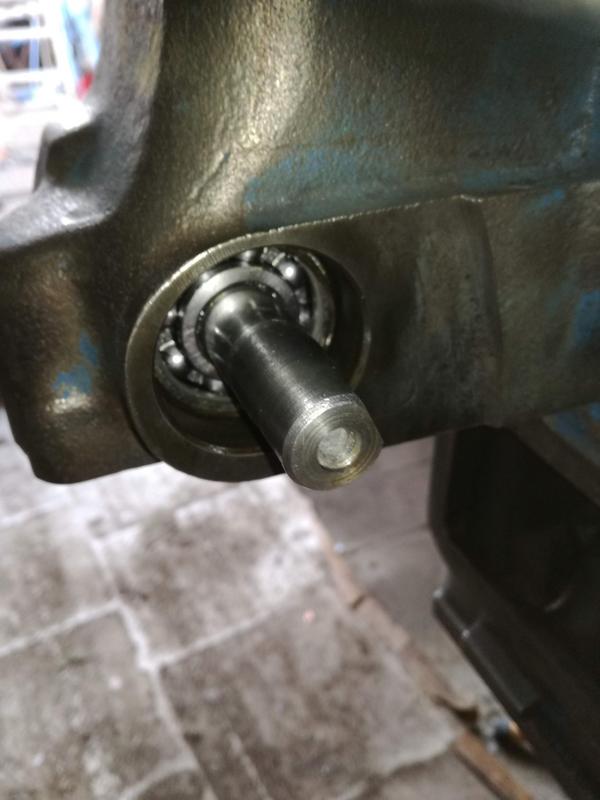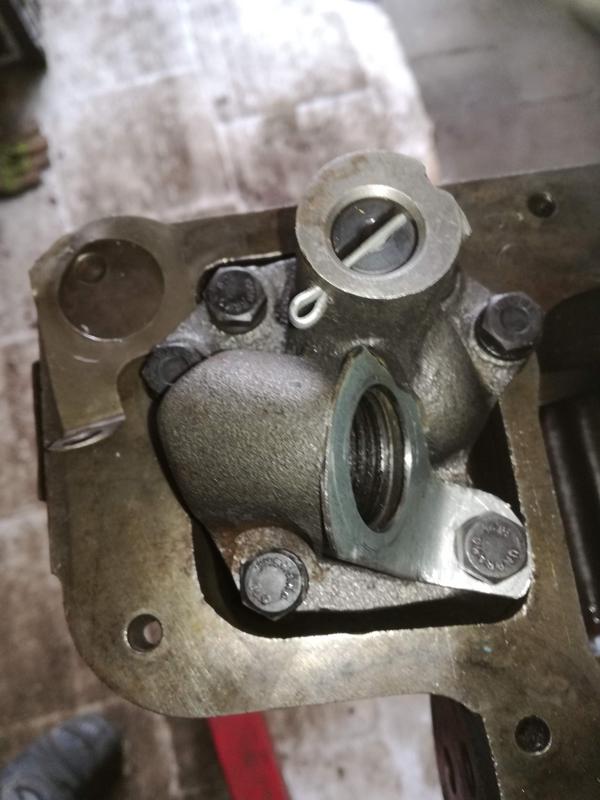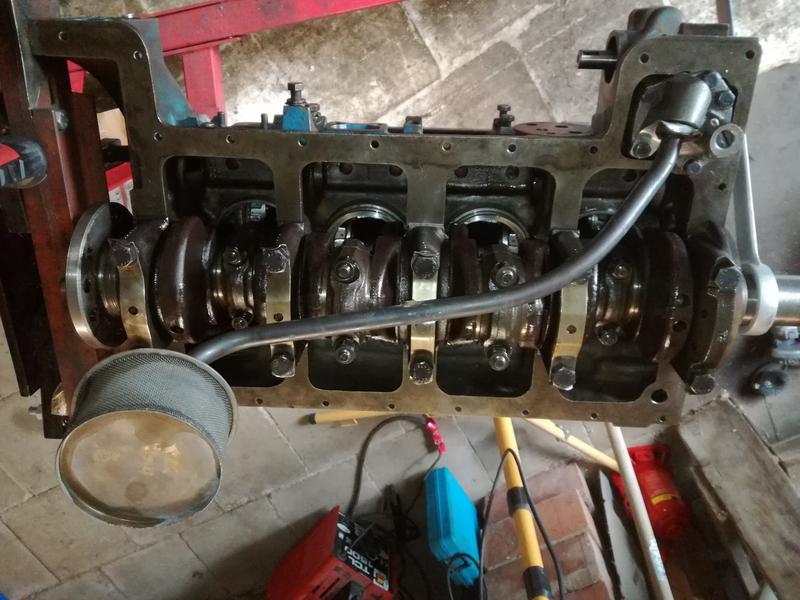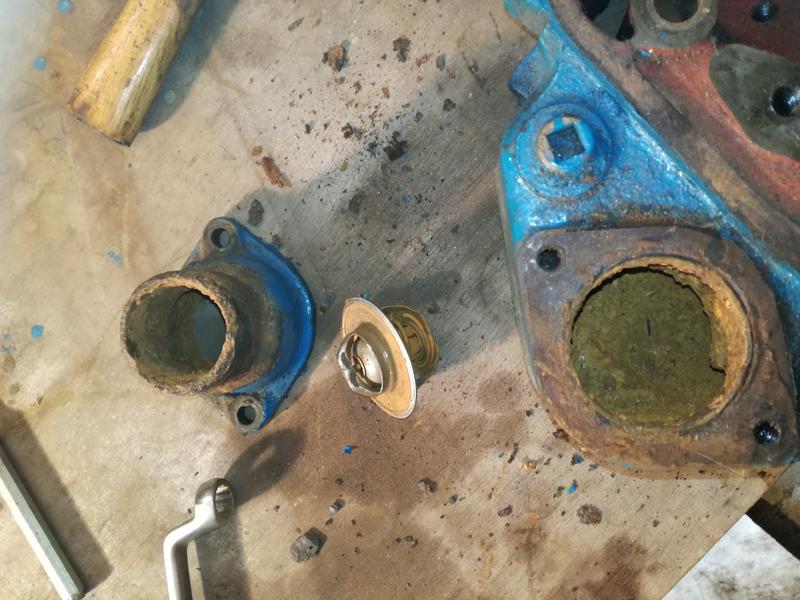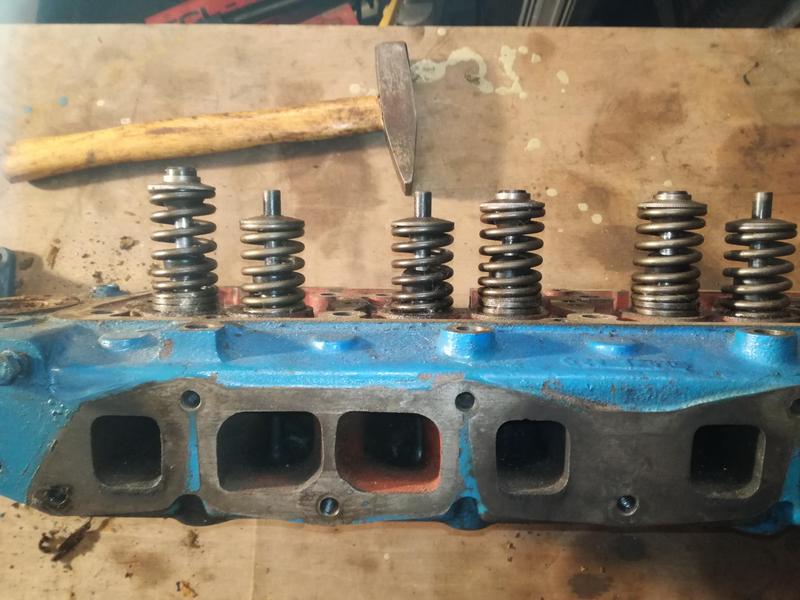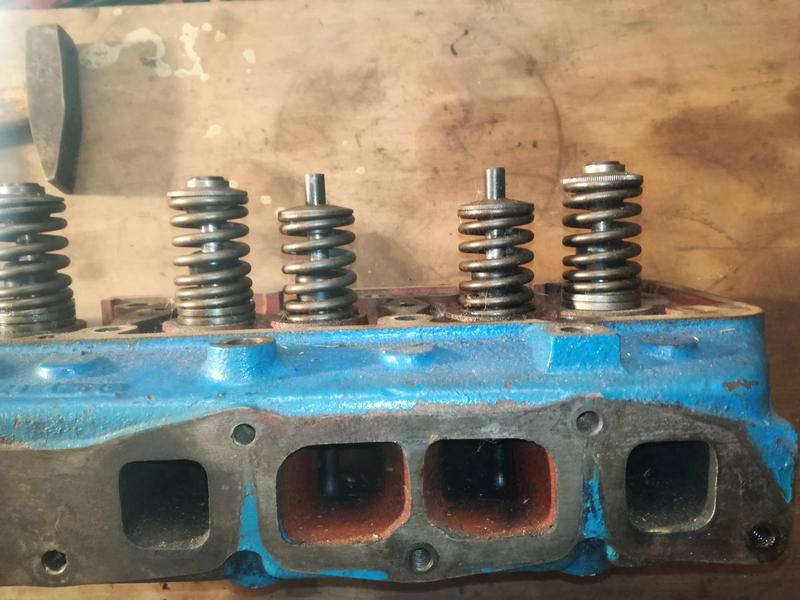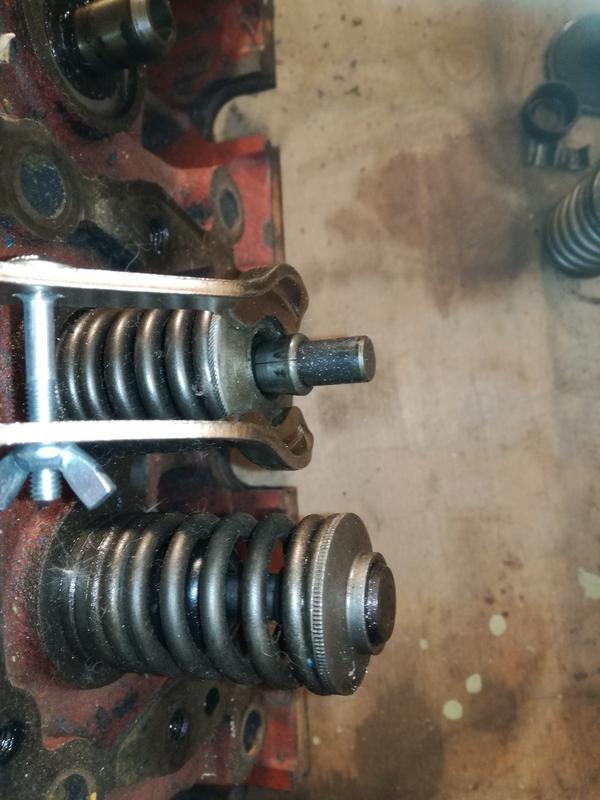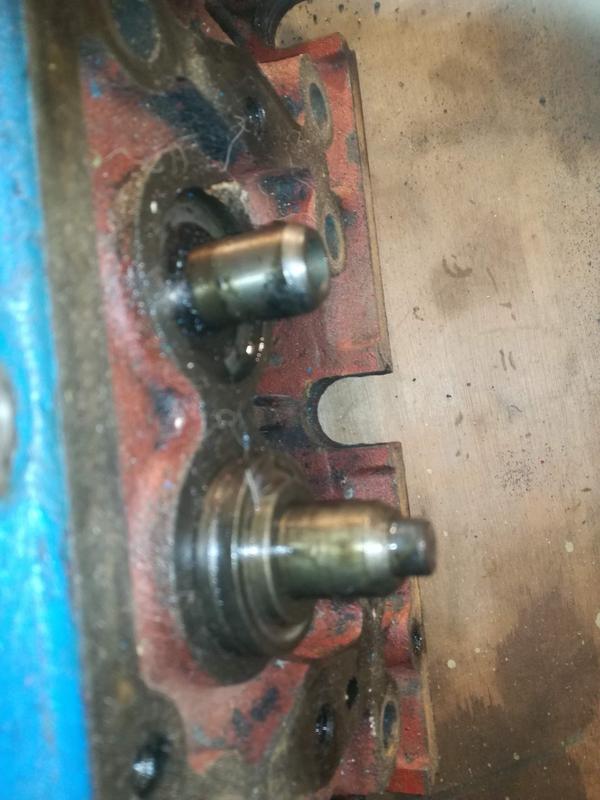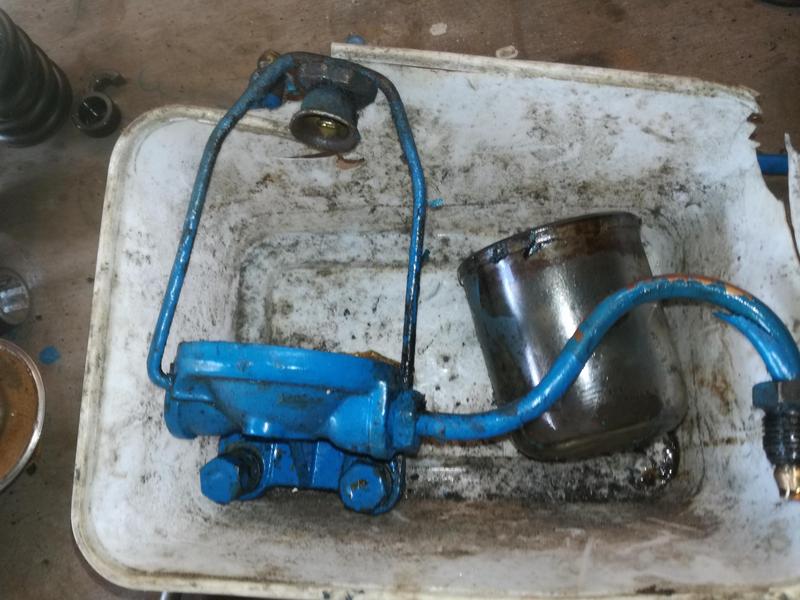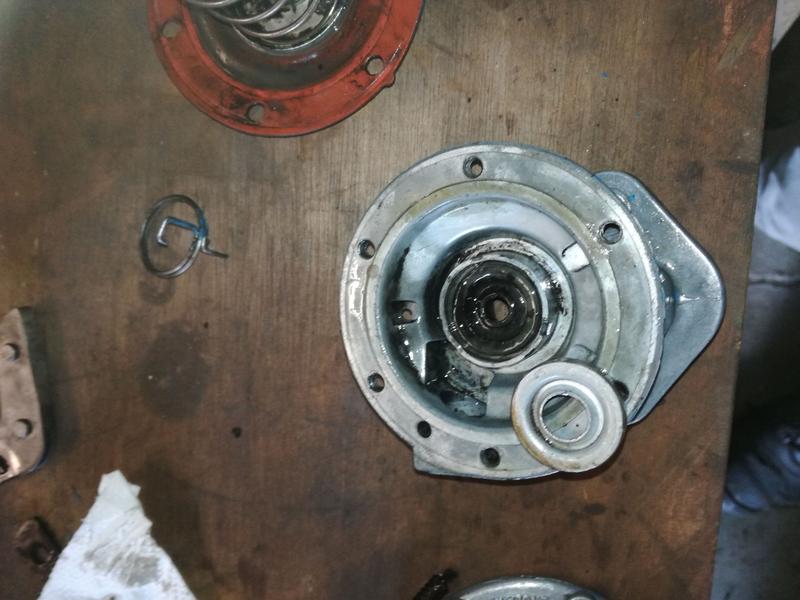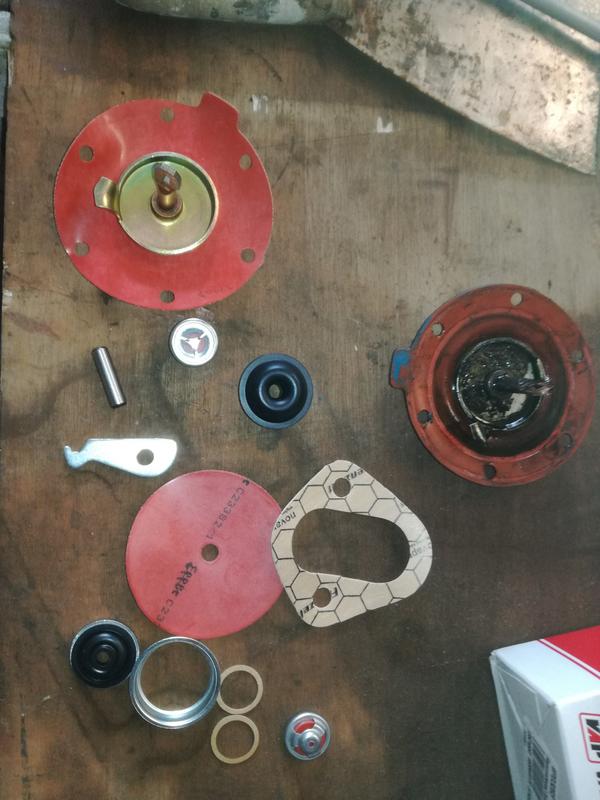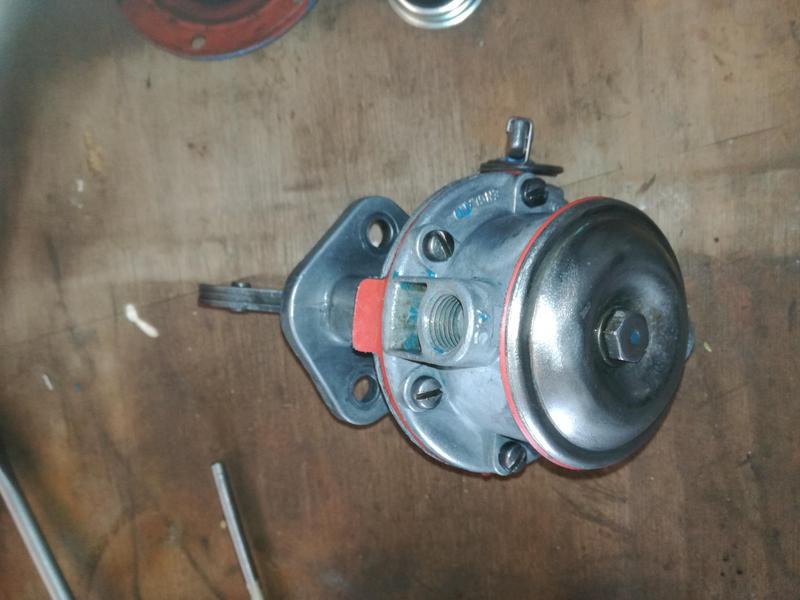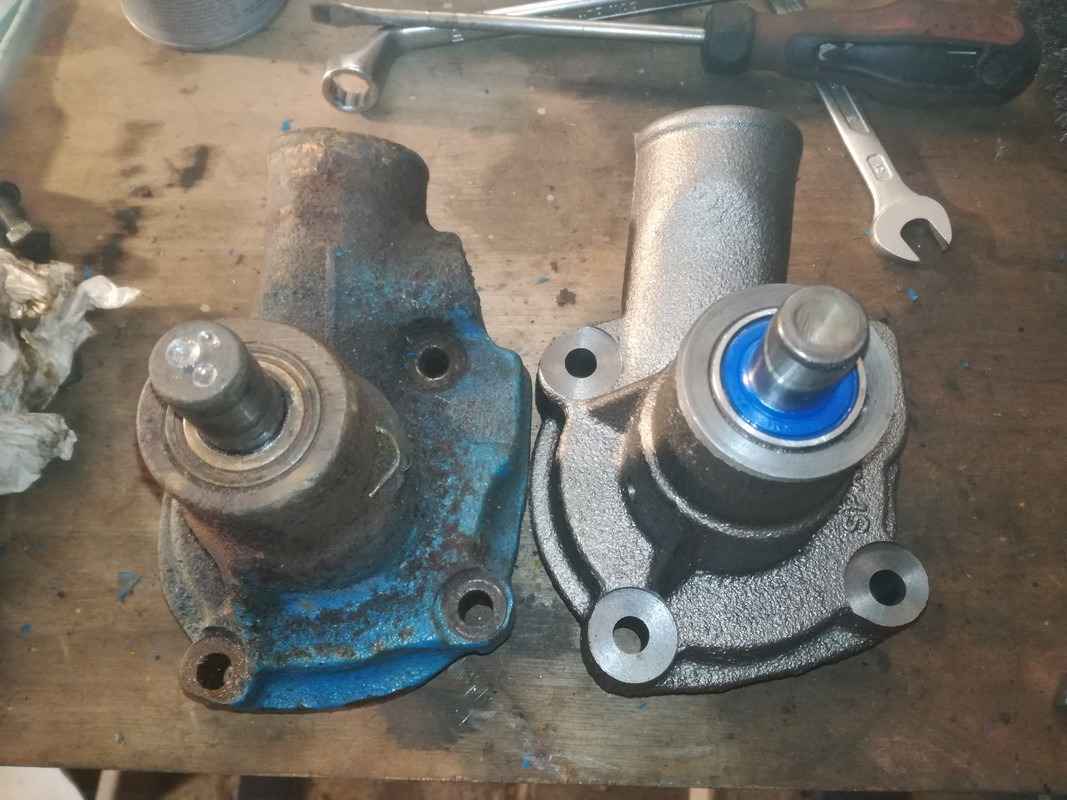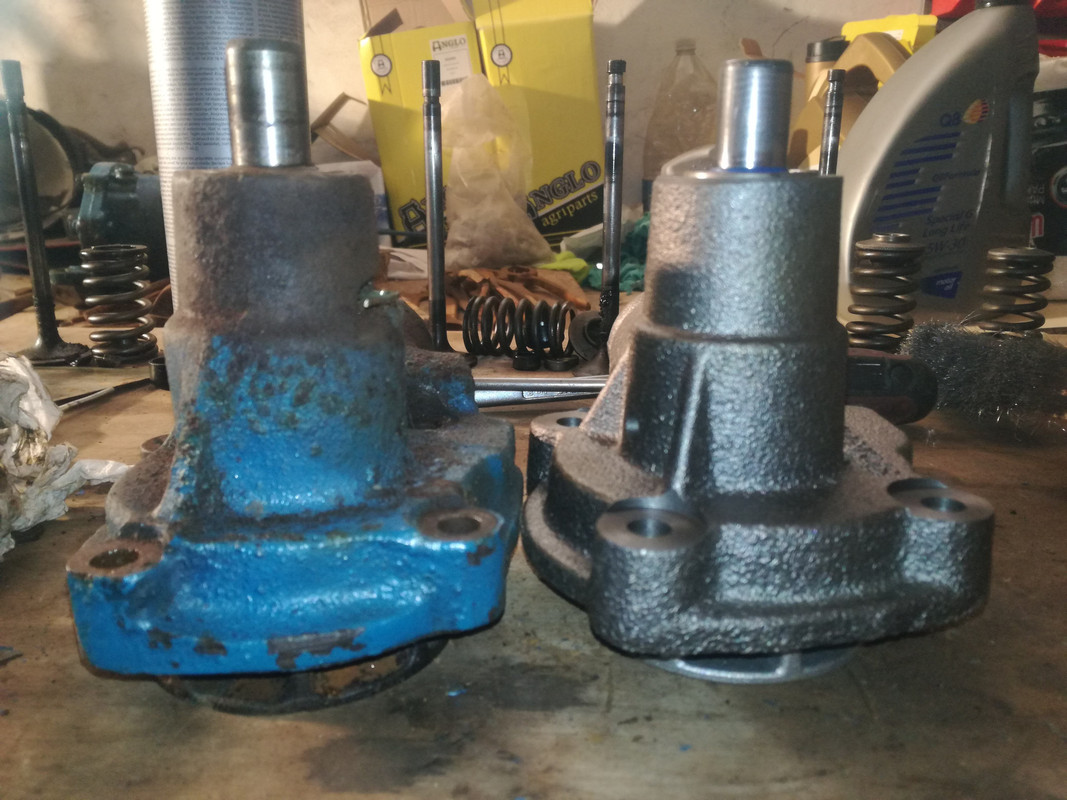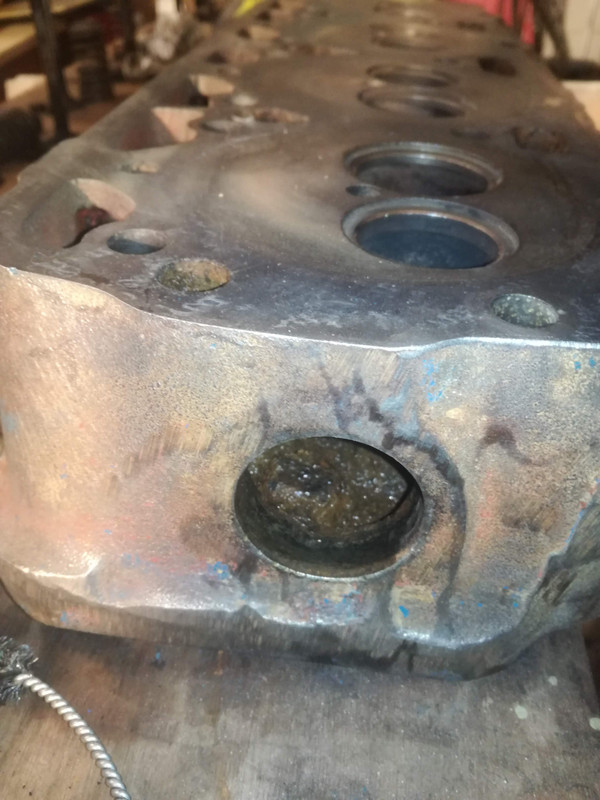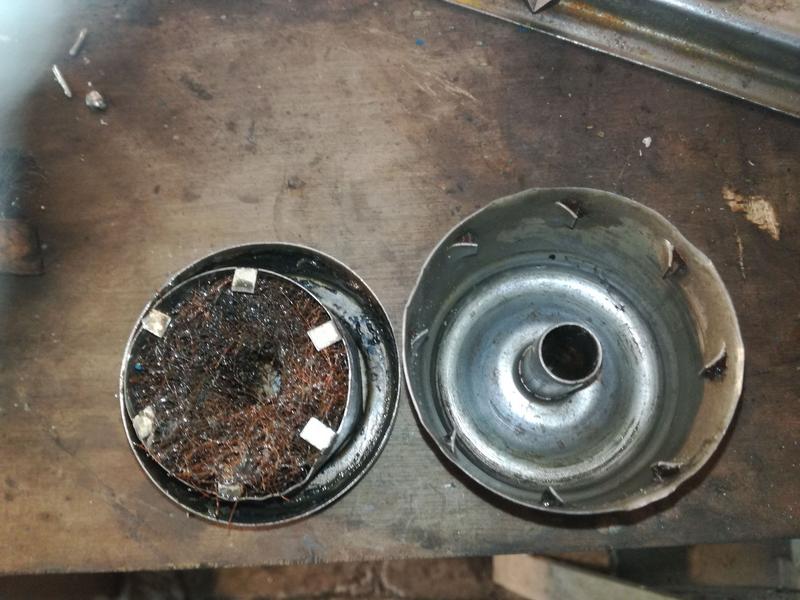Great job, Mathias.
This all looks just as it should be.
Re the head, recommend that you have it skimmed. At the same time ask the workshop to press in new valve guides and to regrind the valve seats to fit new valves.
Also, look for a thermostat that opens at around 200F. It's all about achieving complete combustion at top dead centre, or as close and quickly as possible after TDC. A hot, but not overheated, water jacket allows the diesel vapour to combust fully at TDC, whereas a lower water jacket temperature means that the diesel vapour fails to combust completely and instantaneously, meaning it continues to burn all the way down the power stroke, leading to reduced power output and higher temperature exhaust gases.
Check out my videos. You will see the needle sitting halfway along the red section of the gauge. Some Major owners have looked at this and become anxious, but they needn't be. Quite the opposite. For this reason I am not a fan of the Super gauges. Neither the oil nor the temperature guages are calibrated so as to show precise figures.
Re this subject, see quote below. See also
viewtopic.php?f=2&t=6839&hilit=thermostat
Best, Adrian.
"You should want your engine's oil & water temperatures warmer to:
1) reduce piston/ring sliding friction,
2) to complete combustion before the crankshaft has rotated so many degrees which translates into more "area under the curve" of piston pressure pushing the connecting rod down to rotate the crankshaft, and
3) to better purge volatile oil-borne combustion byproducts from its oil supply.
Just as injector nozzle pressures over 30,000 psi have enabled diesel designers to generate higher torque from identical total fuel flows of better atomized fuel presenting more surface area to oxygen which induces earlier combustion completion, so too do higher combustion chamber temperatures also cause slightly earlier combustion completion during the power stroke. Earlier combustion completion results in higher gas pressures earlier in the power stroke which are converted into higher average crankshaft rotating pressure. Gas pressure converted earlier into crankshaft rotating work is not later available as waste heat at the bottom of the power stroke. That contrasts with later combustion completion which fails to convert as much gas pressure into crankshaft rotating energy so more gas energy is still available at the bottom of the stroke as waste heat. That complex relationship is why earlier combustion completion, whether caused by better fuel atomization or by higher combustion chamber temperatures, lowers exhaust gas temperatures while simultaneously increasing crankshaft power output. "